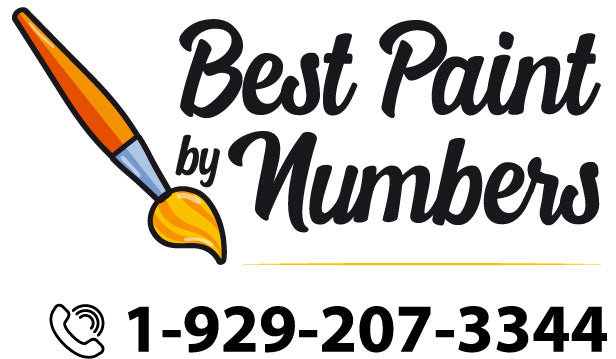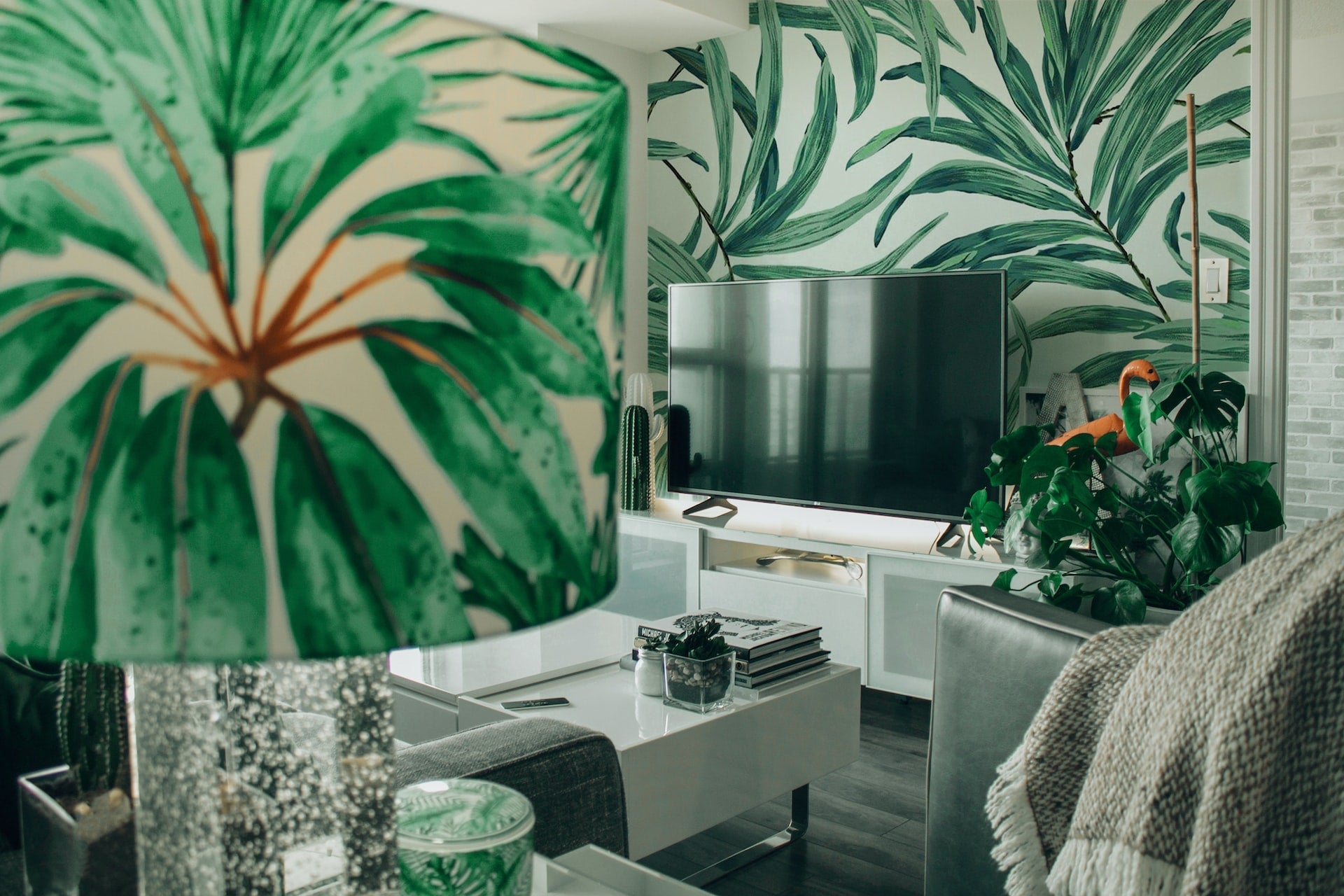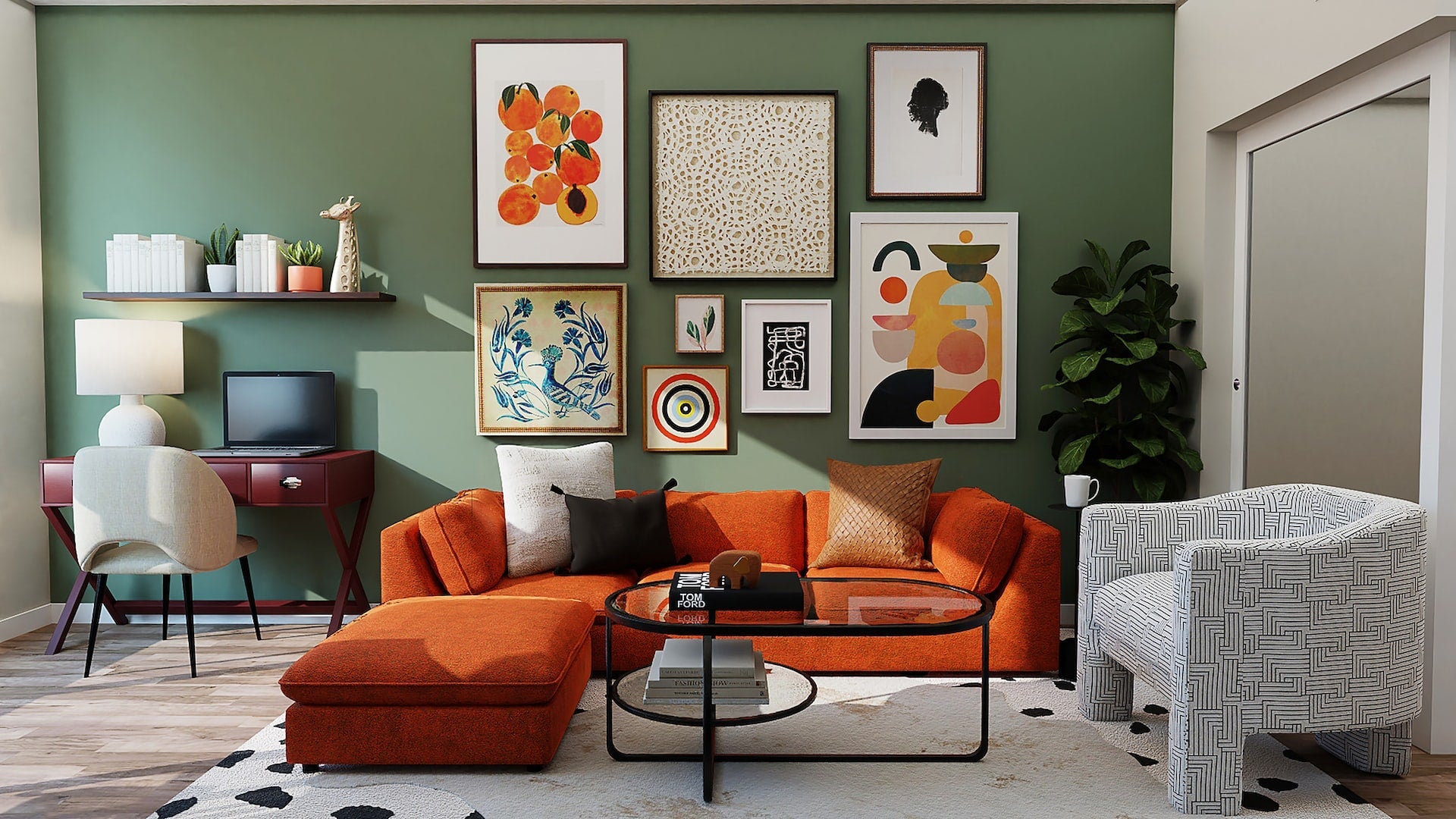
What is the difference between watercolor and gouache?
Exploring different mediums allow artists to shine through the medium they work best with. However, since there are plenty of mediums to explore, it would be great to learn about the characteristics of each. Two of the commonly used mediums are watercolor and gouache, something that is quite difficult to distinguish for many. Both gouache and watercolor are regarded as excellent starting media.
So, when you first decided to paint, you may have been exposed to both. However, it may be difficult to understand the distinctions between the two and which one you would want to choose! Both are utilized by combining with water, making them easier to use than, say, oil paint. They also dry rather quickly, making mixing simpler.
While watercolor is a popular painting medium for most painters, gouache does not have the same degree of popularity. Moreover, it is only renowned among certain types of artists, such as illustrators and designers. Watercolor and Gouache both use liquid and have characteristics| | that make them practically comparable.
Without a question, it is difficult for a non-artist or even an aspiring artist to distinguish the two mediums due to their similarities. However, they have more differences, though subtle, than you think. So, let’s take a look at both watercolor and gouache– their characteristics and what makes them different from each other.
Wanna learn more? Keep on reading this article to add up to your artistic knowledge.

Watercolor and gouache may appear to be identical materials at first glance. When given further inspection, however, it is clear that both paints have distinct qualities that allow them to be distinguished. Both of these items' approaches and goals might be evaluated to uncover significant contrasts. For example, gouache is well-known as the preferred medium of many illustrators, although watercolor is more widely utilized by other sorts of artists.
This is because gouache dries rapidly, enables the painter to easily produce huge concrete blocks of hues, and can be utilized to show fine details; all of which are vital characteristics for illustrators. Watercolor, on the other hand, is more difficult to handle and dries generally slower. To figure out more about the differences between watercolor and gouache, find out more in the following sections.
But first, let’s have a careful study of the mediums on their own.
What is Watercolor?
The watercolor medium is considered a less complicated medium as it is constructed of a few basic elements, but the two essential components are the pigment (for the color) and the binder (usually from gum Arabic). Watercolor paints also contain various chemicals that change different factors of the medium such as the look of the paint, how it works, and how long it may be stored.
Watercolor paints are often available in two commercial grades: professional grade and student grade. Student-grade paint is less costly because some of the more premium pigments are substituted with less expensive options. The color content of paint is between ten to twenty percent.
However, this comes at a price: the quality is not as good as the professional grade so expect that the overall quality of your artwork may be affected so watch out. On the other hand, professional-grade watercolor may be more expensive, however, the quality is premium and the pigments used are high quality so the color pay-off is better than the student grade.

What is Gouache?
Gouache paint, like watercolor, is a water-based medium: it is a pigment that must be combined with water before being applied to paper or canvas. Gouache is sometimes referred to as an "opaque watercolor," a children's paint, or a supplemental medium to be utilized with more well-known methods due to its lack of popularity.
Moreover, gouache uses only the finest pigments to produce rich, vivid colors that are striking, smooth, and solid. It is particularly popular with beginners as well as students and even professional painters since it dries pretty quickly, is inexpensive, and does not require any mediums.
It can be used directly from the tube or diluted with water to create washes, but it does not allow you to build up as many layer applications of wash as pure watercolor does. When dried, it is not water resistant like acrylic.

Watercolor and Gouache: What’s the Difference?
Now that we've gained general knowledge about watercolor and gouache, let's dig deeper by knowing the difference between the two.
As stated, many people and artists think that there is really no difference between watercolor and gouache. While you may use the same paper and brushes as watercolor, the gouache will appear different. This is due to the fact that it is made uniquely from watercolor.
1. Chemical ingredients:
Gouache contains bigger pigment particles that are packed more densely together than watercolors. Large, closely packed granules let less light get through, which is why gouache is opaque. To further decrease transparency, some companies employ a white chalk ingredient. On the other hand, watercolor is made of transparent pigments with small granules that are not tightly packed together. This allows light to pass through their paintings, strike the white paper, and then return to the viewer's eye, resulting in dazzling brilliance.
In essence, Gouache is a sort of watercolor paint at its most basic. This color's simplistic explanation is "chalky watercolor" or "watercolor with white pigments." This means that Gouache is made up of essentially the same components as Watercolor, with the additional element of white pigments to add to its opaqueness.

2. Thickness:
This paint contains more pigment particles than transparent watercolor, making it more saturated and, as a result, thicker in appearance. While watercolor added to a white surface seems to modify the perceived color of the area, gouache does not. As a result, it may be painted over a white surface without affecting its appearance. In essence, watercolor is more fluid as compared to the thicker viscosity of the gouache.

3. Color pay-off:
The color pay-off between the watercolor and gouache are very different so the way you layer the colors should also be different. For a dark backdrop in watercolor, the lighter colors in the foreground must be painted first, followed by deeper colors. In general, the watercolor painting should begin with lighter colors before progressing to deeper tones. When sketching a dark backdrop with gouache, you can start with the background and then paint the remainder over it. With gouache, you may travel from lighter to darker tones or darker to lighter tones.

4. Absorption of paper:
Translucent watercolor soaks into the layer of paper and is defined as a stain on the page by painters. However, this restricts the texture-based effects in these Watercolors to pigment granulation, a water-based diffusion. With the transparency comes the obvious brushwork, blooming, or the tiny texture of roughly finished papers due to the uneven painting or application of the watercolor.
Gouache, on the other hand, does not penetrate the paper. It merely applies a coat to the paper, giving some certain textural effects caused by brushstroke variances in the paint's layer.

Key Takeaways
We hope that you gained valuable insights into the distinct characteristics and differences between watercolor and gouache. With that, have you selected which medium you prefer the most? If not, it's fine because you can use both as a mixed media art material for your artwork. Have fun painting!



